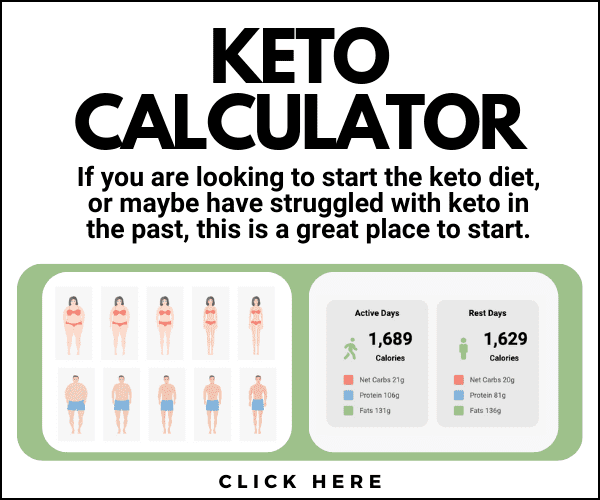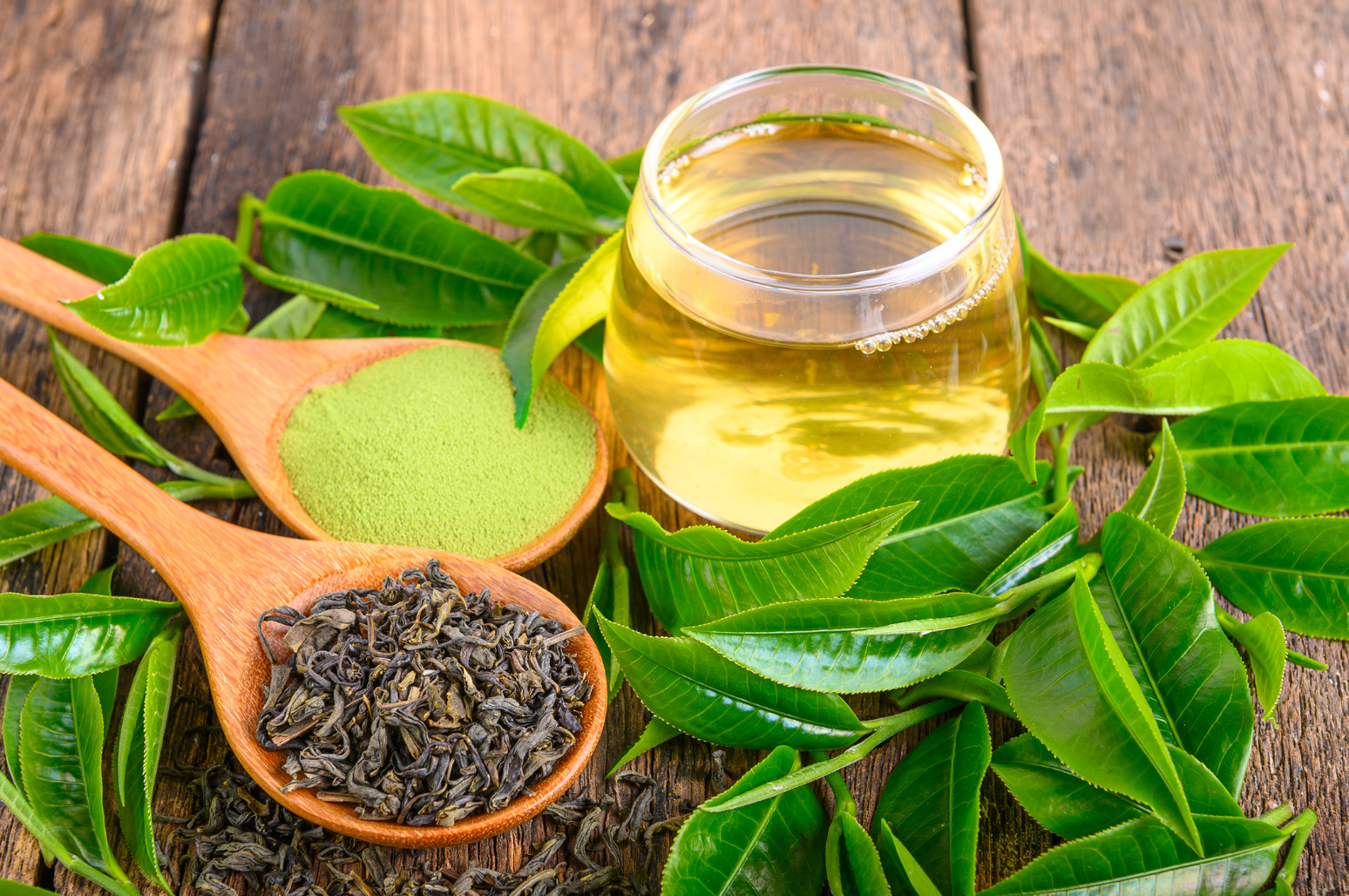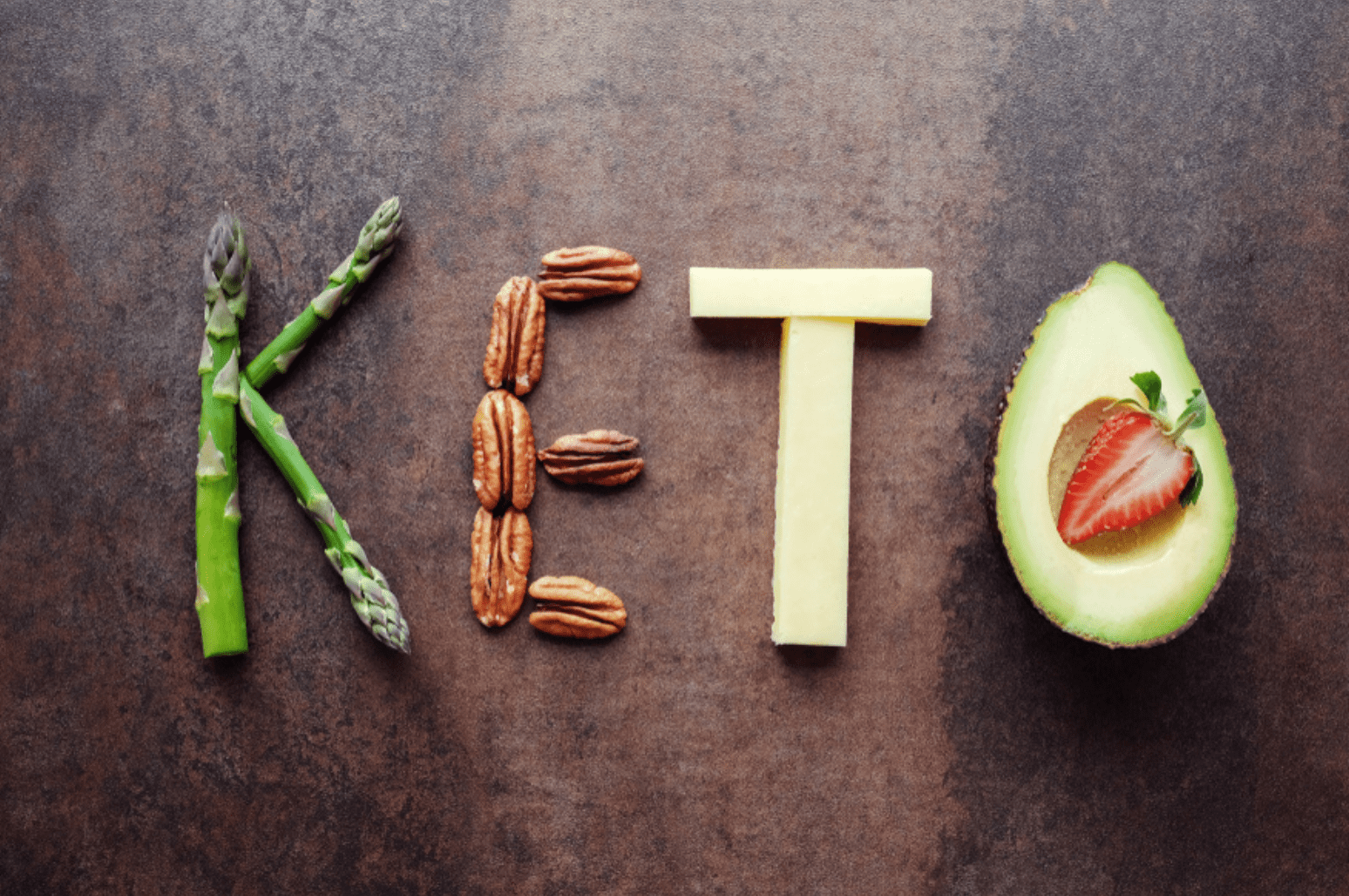
If you’re considering a low oxalate diet, the prospect of oxalate dumping might seem daunting. You might have heard oxalate dumping comes along with symptoms like dizziness, fatigue, pain, and irritability, and you definitely don’t want that! So, what’s the deal with oxalate dumping? Let’s delve into the details of oxalates and oxalate dumping.
What are Oxalates?
Oxalates (oxalic acid) are a compound present in foods like leafy green veggies, nuts, seeds, and beans. In your digestive tract, oxalates bind with calcium, and your body excretes them through the urine. Oxalate is a naturally occurring molecule, but it isn’t a required nutrient for humans. Oxalates in plants help to get rid of extra calcium by binding with it, which is why many high-oxalate foods are plant foods. [1]
Some experts believe consuming higher amounts of oxalates might lead to the formation of kidney stones, particularly if urine volume is low. Calcium oxalate kidney stones are a common type of kidney stone in the United States. Some studies suggest high oxalates in the urine might also be associated with higher levels of oxidative stress and inflammation. [2] [3]

While juicing or juice cleanses might be beneficial for many people, others point to the unusually high daily oxalate intake involved with juicing larger amounts of oxalate-rich veggies, such as spinach and rhubarb.
If you have an inflammatory condition that oxalates could worsen, some health advocates and experts recommend reducing your oxalate intake, at least for some time, to determine if you have a response. Conditions that might benefit from reduced oxalate consumption include lupus, rheumatoid arthritis, and leaky gut. Those with an increased risk of kidney stones might also decide to reduce oxalates.
Which Foods are Highest in Oxalates?
Some of the foods higher in oxalates are:
- Spinach
- Soy products made from soybeans
- Almonds
- Cocoa
- Raspberries
Foods a little lower in oxalates include:
- Walnuts
- Bok choy
- Kale
- Pumpkin seeds
- Sunflower seeds
- Blueberries
- Blackberries
- Broccoli
Meats don’t contain any oxalate. Lists providing the oxalate content of foods can be confusing. Keep in mind oxalate levels reported in foods can vary depending on several factors, such as where the food is grown and harvested and how the oxalate levels were tested.
What is Oxalate Dumping?
Many people believe if you decrease your oxalates too quickly, you might experience what’s called oxalate dumping — a condition where the body rapidly gets rid of your oxalate stores, leading to several negative symptoms. Scientific evidence is lacking, but there is mounting anecdotal evidence.
What are the Symptoms of Oxalate Dumping?
Symptoms of oxalate dumping include:
- Dizziness
- Fatigue
- Hives or skin rashes
- Mood changes
- Painful bowel movements
- Painful urination
- Muscle cramps
- Trouble focusing
The symptoms are usually temporary, lasting only a few days or weeks while the body eliminates excess oxalate stores.
Can Oxalate Dumping Affect Your Health Long-Term?
Oxalate dumping is believed to be temporary and resolve over time. No studies have assessed the long-term effects of oxalate dumping, and it’s unlikely to have chronic effects on your health.
Hyperoxaluria is a condition involving an increased excretion of oxalates through the urine. The condition might be caused by certain genetic factors affecting metabolism, or it might be due to an increased oxalate intake. Over time, hyperoxaluria can be detrimental to your wellness, leading to a heightened risk of developing kidney disease and kidney stones if it isn’t properly treated. [4]
How Can You Prevent Oxalate Dumping?
Don’t just cut oxalates from your diet all at once if you’re looking to avoid oxalate dumping. Advocates of a low oxalate diet recommend gradually reducing your intake to prevent symptoms of oxalate dumping.
It’s generally advised you reduce your oxalate consumption by around 5-10% every week. If you have symptoms, you could try increasing your oxalate intake to return closer to baseline before decreasing your intake again at a slower pace. Going keto doesn’t necessarily mean cutting down your oxalates because lots of foods high in oxalates are also keto-friendly.
Increasing calcium intake might decrease oxalate absorption and help prevent kidney stones and other oxalate-associated health problems. As calcium and oxalate are digested, they’re more likely to bind together before reaching the kidneys, making it less likely that kidney stones will develop. [5] [6] One review claims you shoot for 1,000-1,200 mg of calcium per day from foods like yogurt, cheese, and leafy green veggies. [7]
Concluding Thoughts on Oxalate Dumping
The oxalate issue clearly needs more in-depth research. If you’re wondering if oxalates are a problem for you, you might decide to reduce your intake for some time to see how you feel. Some people believe the body might just need a break from excess oxalate consumption from time to time so as not to overburden the system.
It’s always best to consult your physician or healthcare practitioner if you decide to make any dietary changes. It’s up to you if you decide to reduce your oxalate consumption. You have plenty of other nutritious and delicious keto-friendly foods to choose from if you do!
In addition to increasing calcium by eating healthy calcium-rich foods like broccoli, kale, sardines, and salmon, you can reduce oxalates by:
- Drinking plenty of water to support your body in flushing out oxalates
- Limiting sugar intake, which might contribute to kidney stones at higher levels
- Cooking some vegetables to lower oxalate content
Oxalate-rich foods are healthy and also happen to be rich in nutrients, so you might decide to try other options instead of a low oxalate diet, like making sure you’re getting enough calcium and eating a healthy balanced diet overall.
References
Mitchell, T., Kumar, P., Reddy, T., Wood, K. D., Knight, J., Assimos, D. G., & Holmes, R. P. (2019). Dietary oxalate and kidney stone formation. Am J Physiol Renal Physiol, 316(3), F409-F413. DOI: 10.1152/ajprenal.00373.2018
Khan, S. R. (2014). Reactive oxygen species, inflammation, and calcium oxalate nephrolithiasis. Transl Androl Urol, 3(3), 256-276. DOI: 10.3978/j.issn.2223-4683.2014.06.04
Zhu, J., Wang, Q., Li, C., Lu, Y., Hu, H., Qin, B., Xun, Y., Zhu, Y., Wu, Y., Zhang, J., & Wang, S. (2019). Inhibiting inflammation and modulating oxidative stress in oxalate-induced nephrolithiasis with the Nrf2 activator dimethyl fumarate. Free Radic Biol Med, DOI: 10.1016/j.freeradbiomed.2018.12.033
Bhasin, B., Urekli, H. M., & Atta, M. G. (2015). Primary and secondary hyperoxaluria: Understanding the enigma. 4(2), 235-244. DOI: 10.5527/wjn.v4.i2.235
Taylor, E. N., & Curhan, G. C. (2013). Dietary calcium from dairy and nondairy sources, and risk of symptomatic kidney stones. J Urol, 190(4), 1255-1259. DOI: 10.1016/j.juro.2013.03.074
Ferraro, P. M., Bargagli, M., Trinchieri, A., & Gambaro, G. (2020). Risk of kidney stones: Influence of dietary factors, dietary patterns, and vegetarian-vegan diets. Nutrients, 12(3), 779. DOI: 10.3390/nu12030779
Holmes, R. P., Knight, J., & Assimos, D. G. (2016). Lowering urinary oxalate excretion to decrease calcium oxalate stone disease. Urolithiasis, 44(1), 27-32. DOI: 10.1007/s00240-015-0839-










It’s interesting because I’ve inadvertently done a 0 oxalate diet going from keto to ketovore. I used to get random itchiness and things like that but I always thought it was from glyphosate. Biggest difference I’ve noticed going keto to keto carnivore is my mood has improved drastically. I mean everything is improving every day but the mood thing, wow
Very much enjoyed your article. I could not agree more to your statement; “The oxalate issue clearly needs more in-depth research.” First I would love to read information that includes how to facilitate oxalate dumping, when the body begins to cleans itself rather than advice that recommends keep adding oxalate and slowly reduce. 🙂 You had a few safe suggestions. As a lymphatic therapist I can’t help but wonder if Lymphedema and lipedema – even though distinctly different – could be drastically improved with oxalate free diet and means to safely facilitate the body sequestering it’s oxalate load. I believe the advise to supplement with magnesium and calcium when dealing with cramps is a bandaid solution for most of us. When I used fasting and a paleo ketogenic diet (1/3 fat to lean protein) I had drastic improvement in a week. However it took 1 year to be able to have carbs without experiencing night cramping. This all is very intriguing, especially in light of the fact that the corporate food conglomerate are doubling down to steer the food supply completely away from naturally raised meat source to printed protein or entirely plant based.